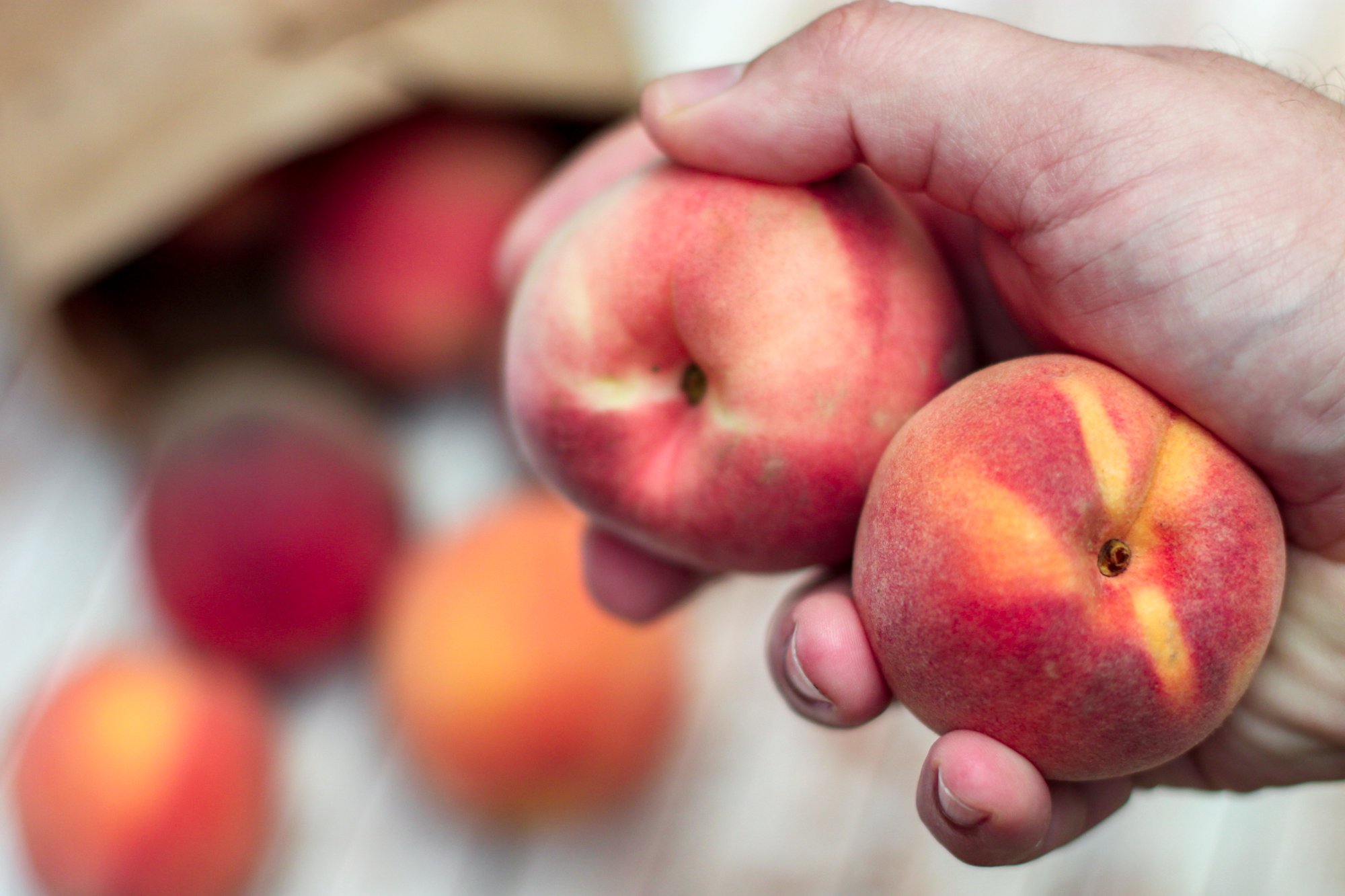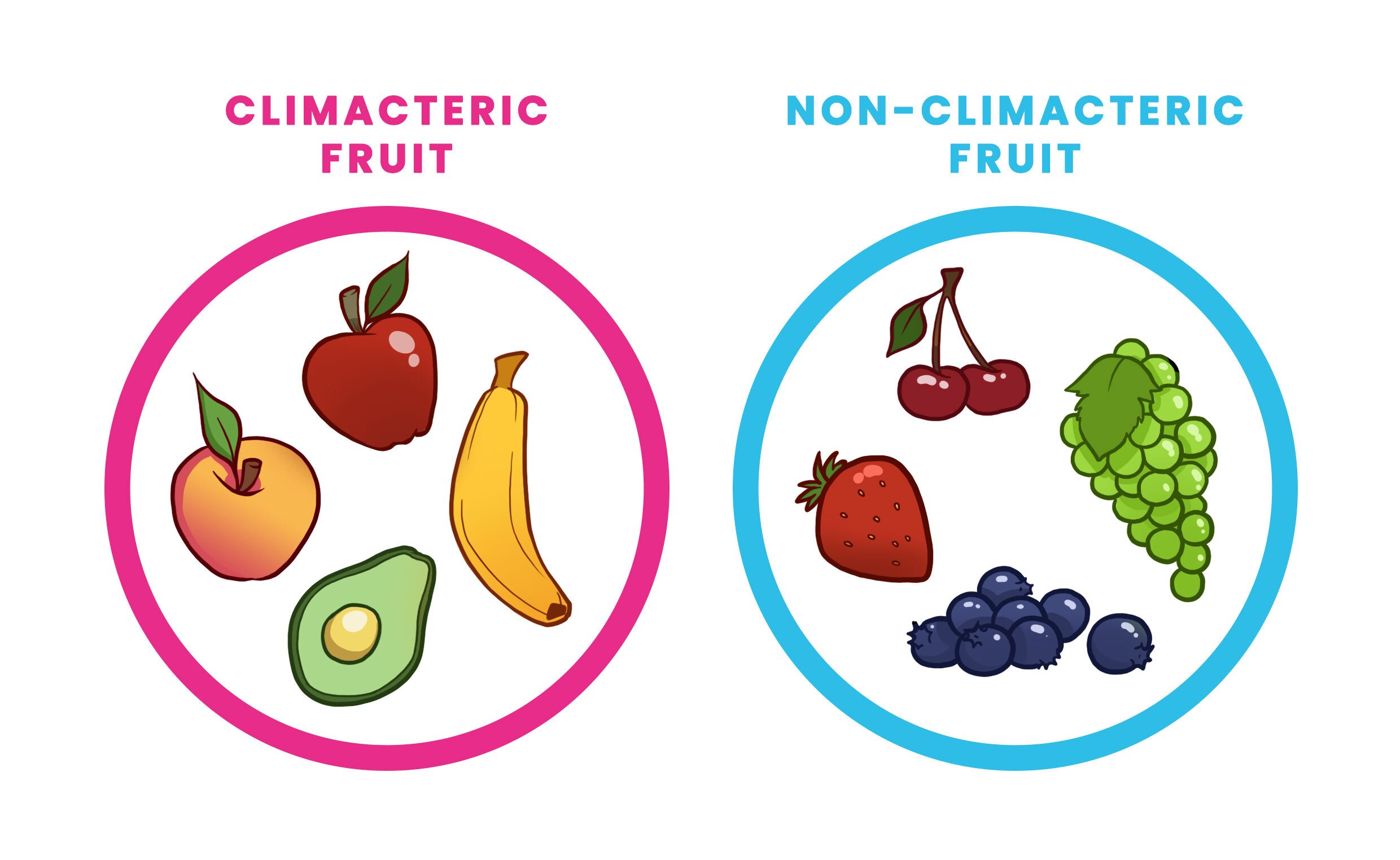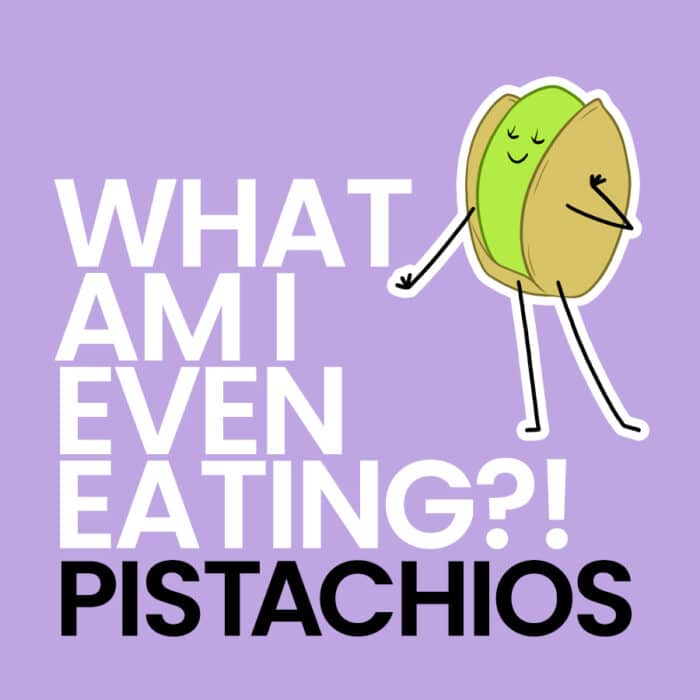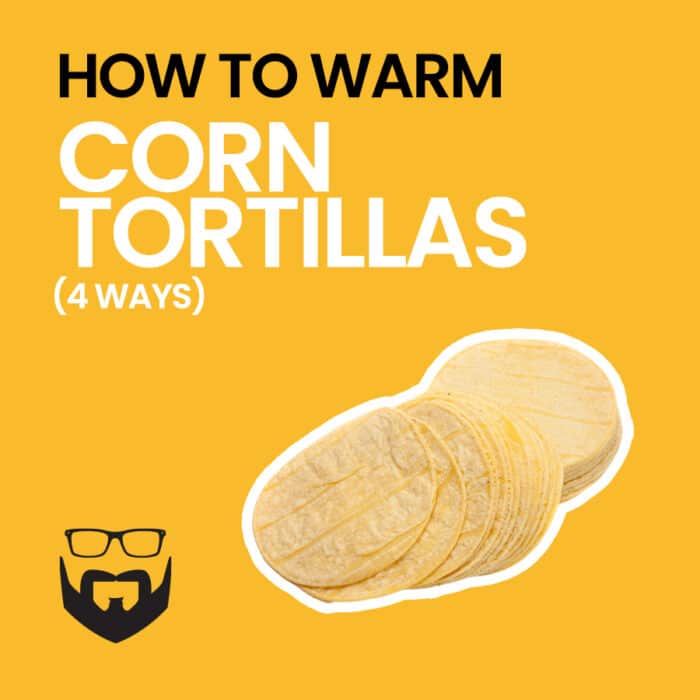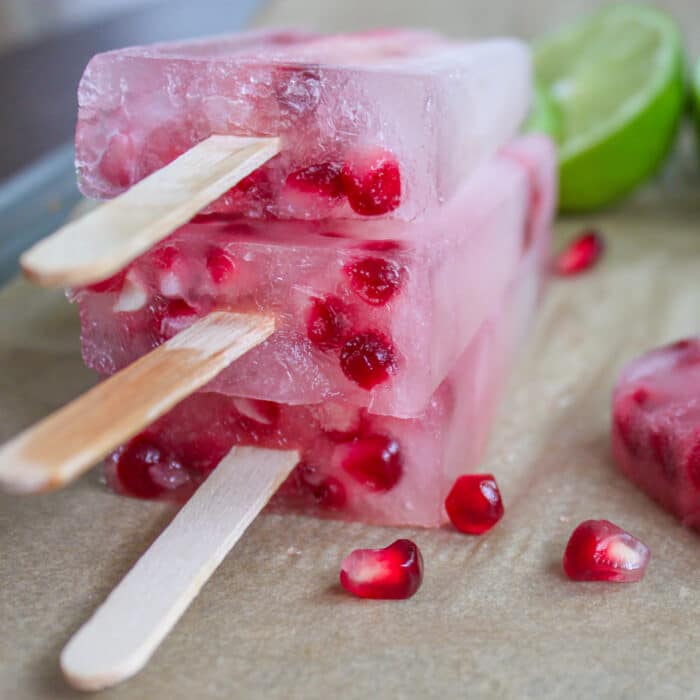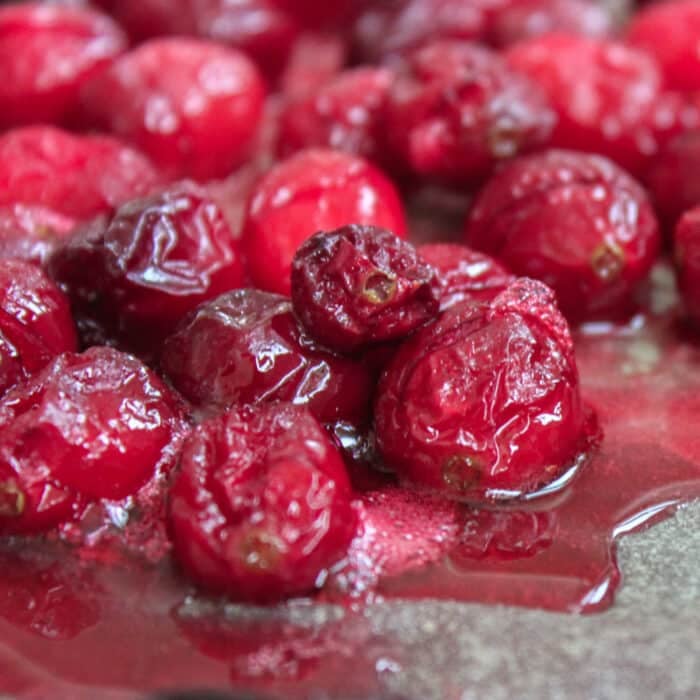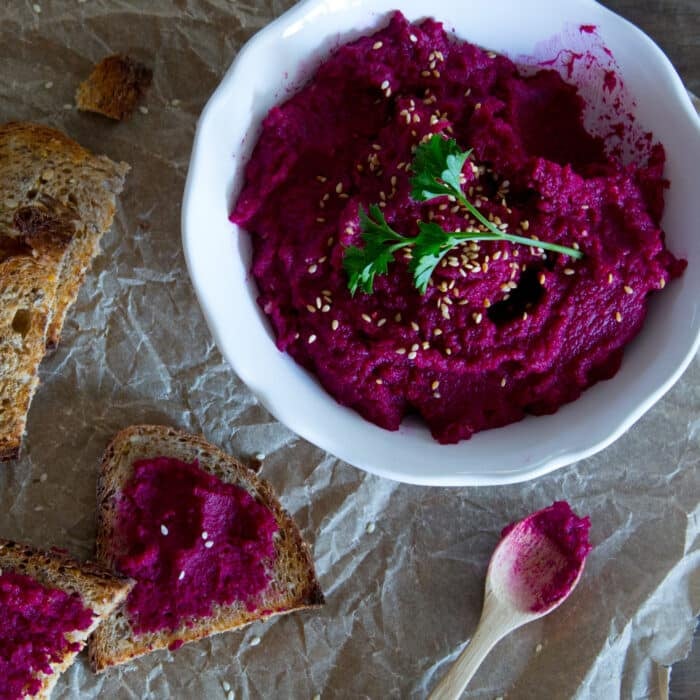While yellow peaches and white peaches are the most widely available, that’s hardly the bulk of it. There are over 300 varieties grown in North America alone. The yellow peach is quite tangy while the white peach–slowly gaining popularity–is sweeter and lower in acidity. And neither of these are the ones that are canned; that’s a Clingstone peach.
If you are a peach aficionado, good news…peaches continue to ripen long after they are picked due to the ethylene gas they emit. They are what is called a climacteric fruit, as are tomatoes, apples and avocados. Non-climacteric fruit doesn’t ripen after harvest, but just gets mushy and spoils. For example, the strawberry is non-climacteric.
Every time I say climacteric, I almost slip up and say climax. I should never give a lecture on this topic. Oy!
How to Buy Peaches
Color
Picking the perfect peach begins with color. You want a peach that is at least mature, even if it’s yet to be ripe. That means absolutely no green! While peaches continue to ripen after being picked, if they are not yet mature (green), they never will ripen correctly.
Now, somewhat surprisingly…you wan to ignore the red part of the peach. The blush is just where the peach was exposed to the sun while on the tree; it’s a sunburn. It tells you nothing about the fruit.
What matters is the background color. For yellow peaches, they should be a golden yellow. White peaches should have a creamy whiteness. The best place to evaluate color is near where the stem was. Less sun reaches this area.
Scent
One of the biggest indicators for the perfect peach is smell: it should smell how you want it to taste. This isn’t true of all varieties but it is for the ones you’ll find at your grocery store. If you are at a farmers market, just ask the farmer in case it is an uncommon variety.
Touch
Check the fruit for bruises, scratches or dented areas. Also, the skin should be taught. No wrinkles!
And like other fruit, it should be heavy for its size.
Place it in the palm of your hand and give it a gentle squeeze. Never poke it with your finger. You aren’t trying to get past second base here, you just want to see if it is ripe.
Here is what you should do depending how it feels:
- Rock hard – Put it back! It was probably picked before maturing.
- Tennis ball-like – It’s almost there, will be ripe within the week.
- Real give – Ready to eat now or within a few days.
- Soft – You must eat it now.
- Super soft – It’s over ripe, perfect for sorbet or smoothies.
How to Store Peaches
Peaches are basically introverts. They should be stored on their shoulders and not touch one another. They like their space.
If you must bag them, don’t put to many in one sack. And remember, they need to breath because of the ethylene gas they emit. So use paper (fridge only) or plastic with holes cut in it.
So how should you store them based on their ripeness?
- Ripe peaches – If it’s ripe but you aren’t ready to eat it, put it in the fridge. You’ll need to check on it frequently though.
- Not quite ripe – Store them on the kitchen counter, on their shoulders.
- Firm peaches – Place them in a paper bag to ripen faster. Include a very ripe banana in the bag or an apple if you wish to speed up the ripening process.
